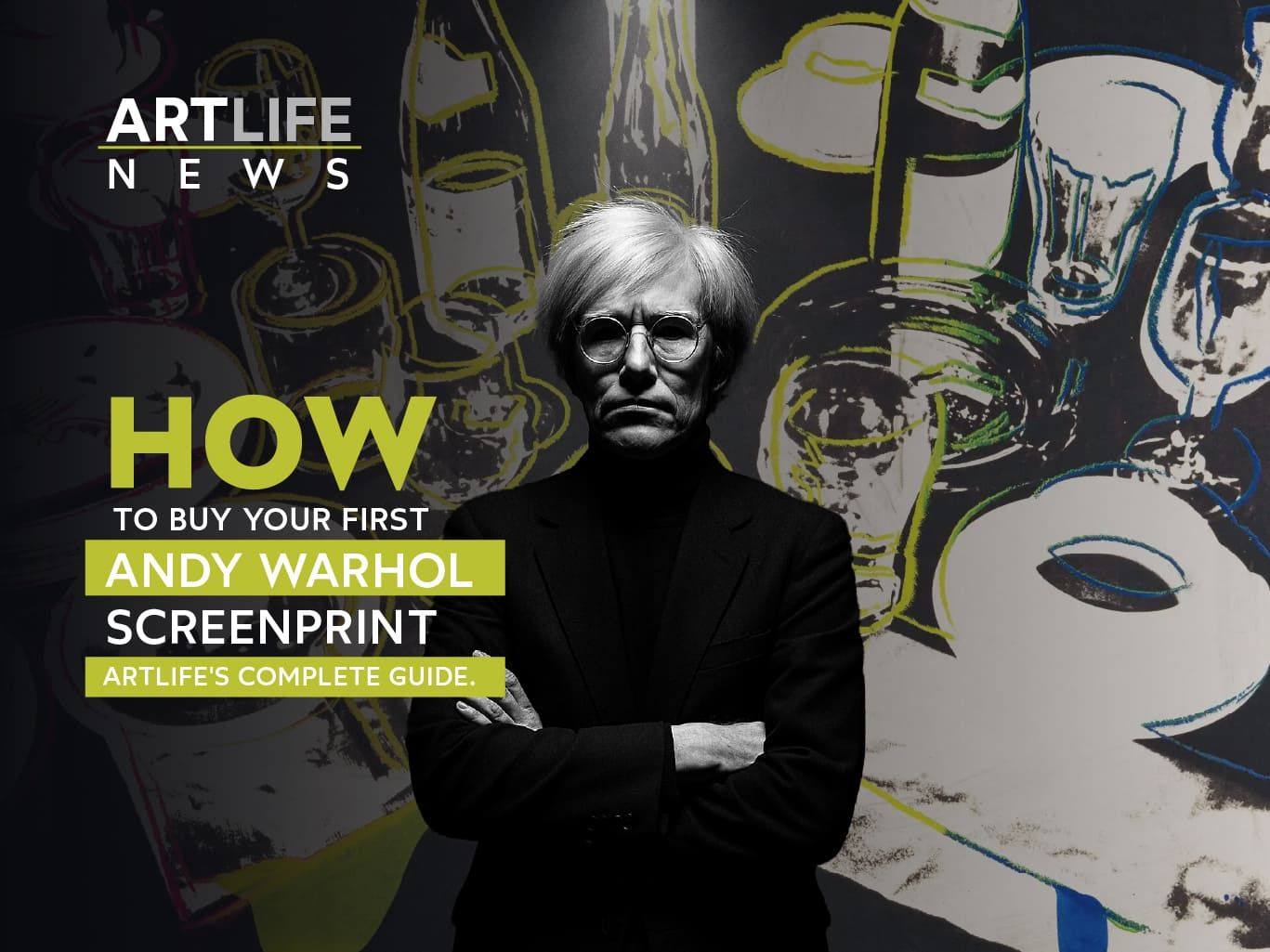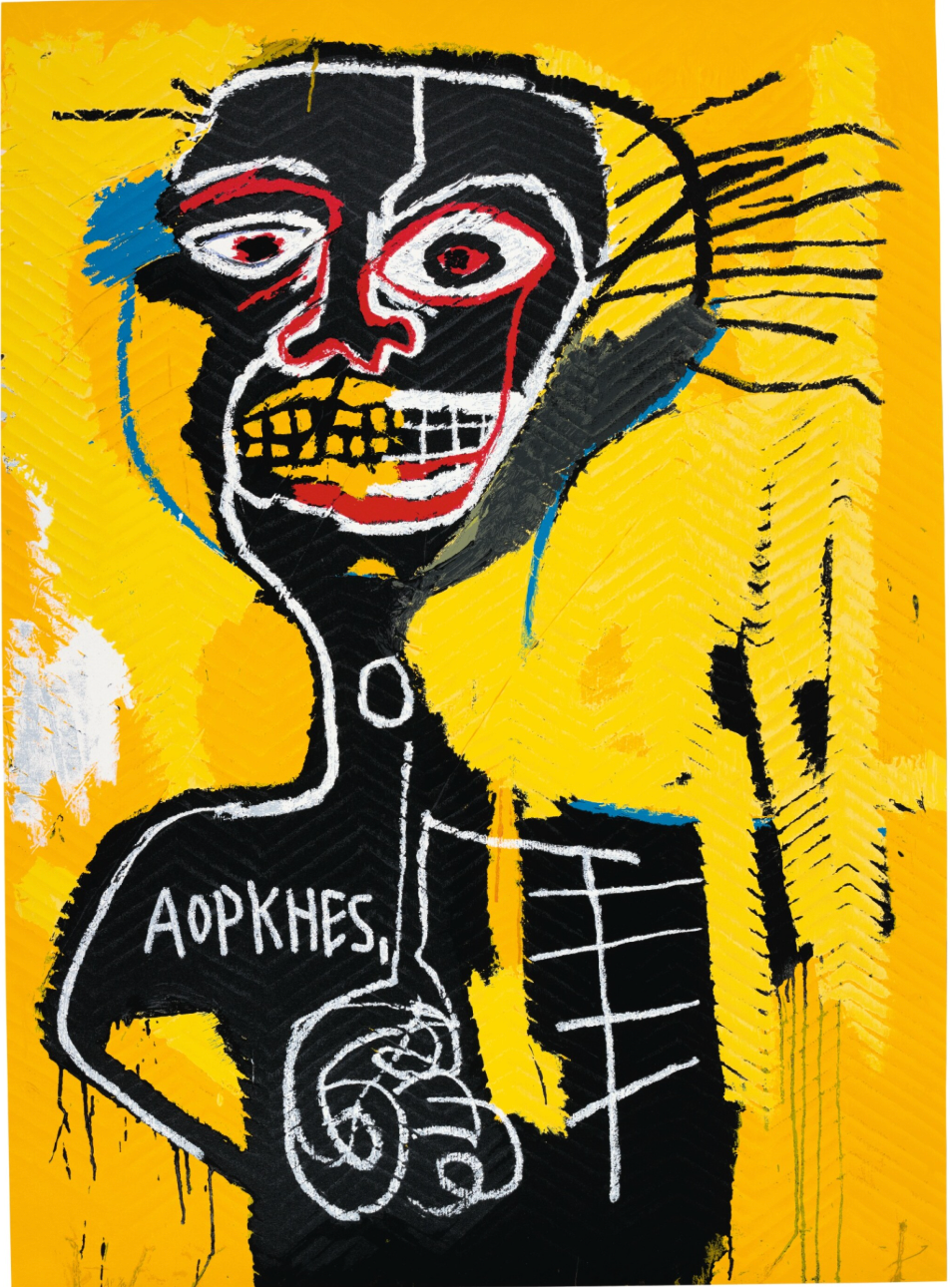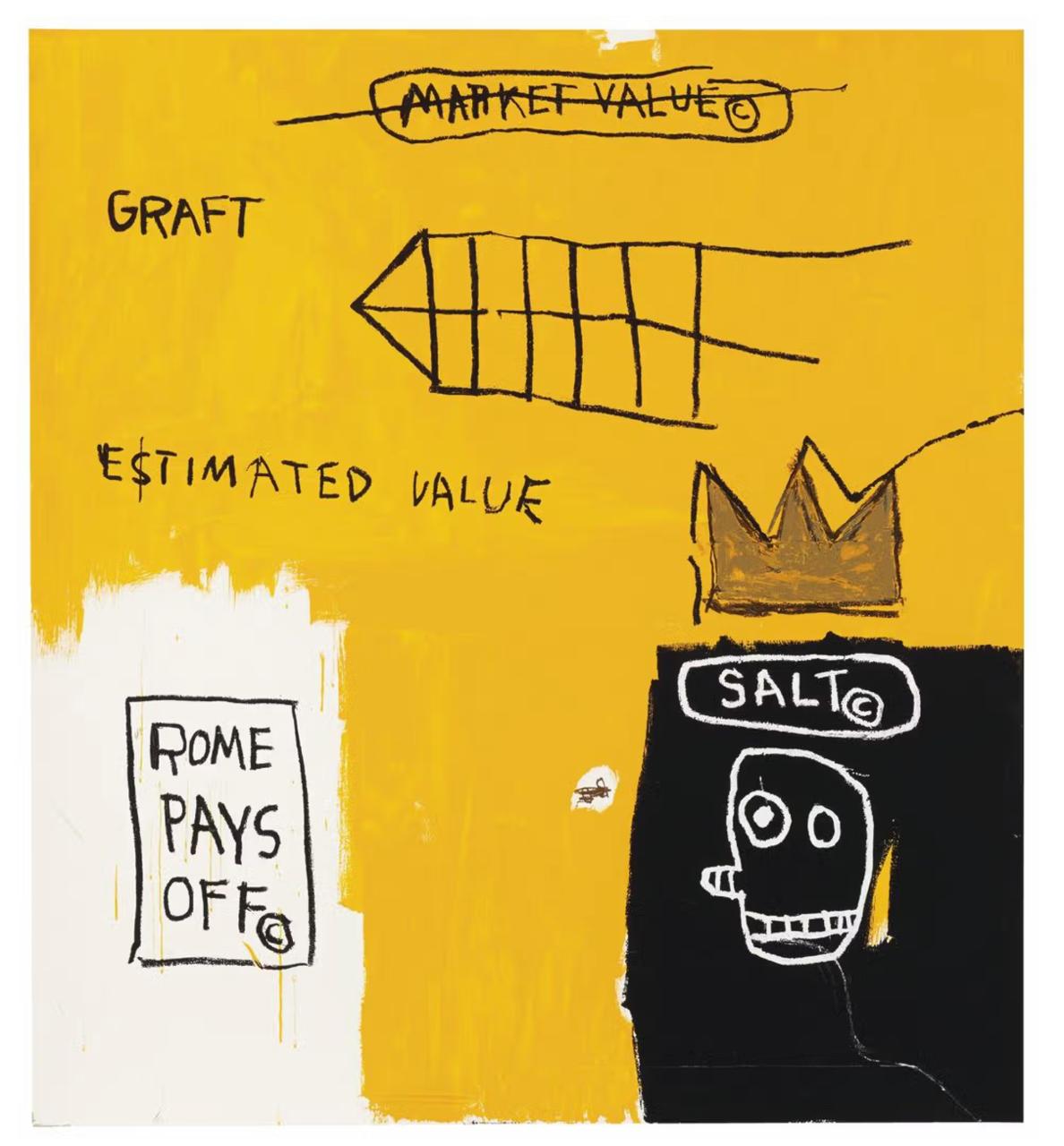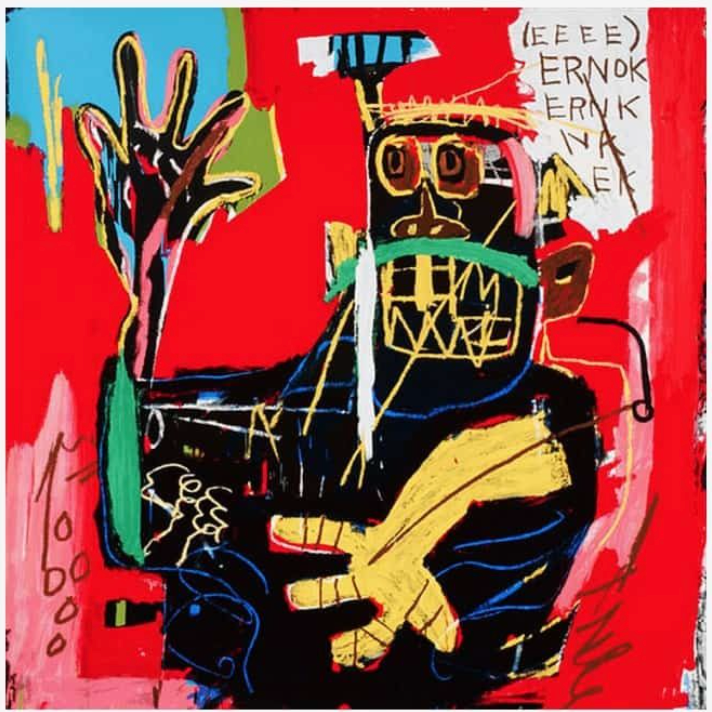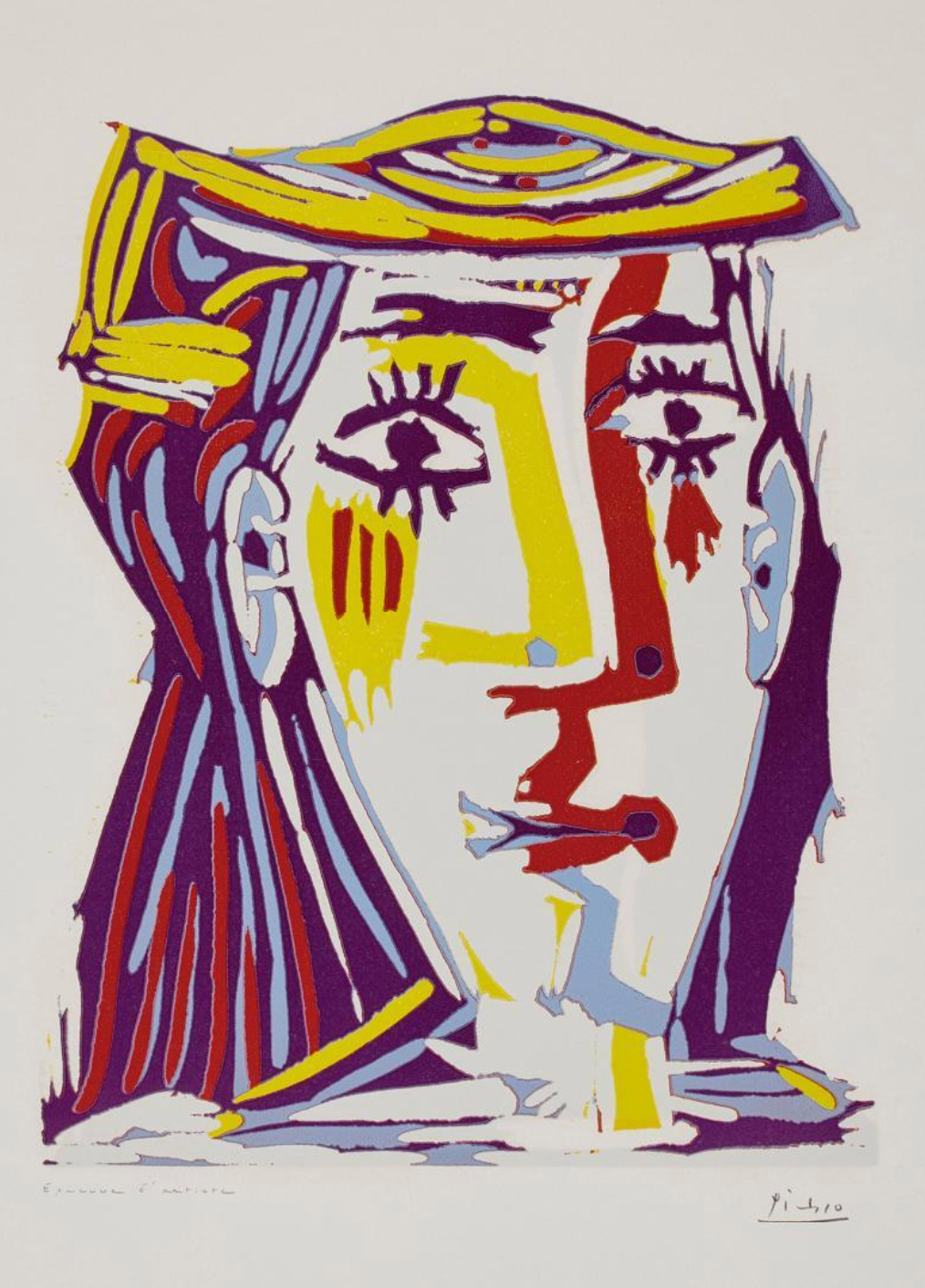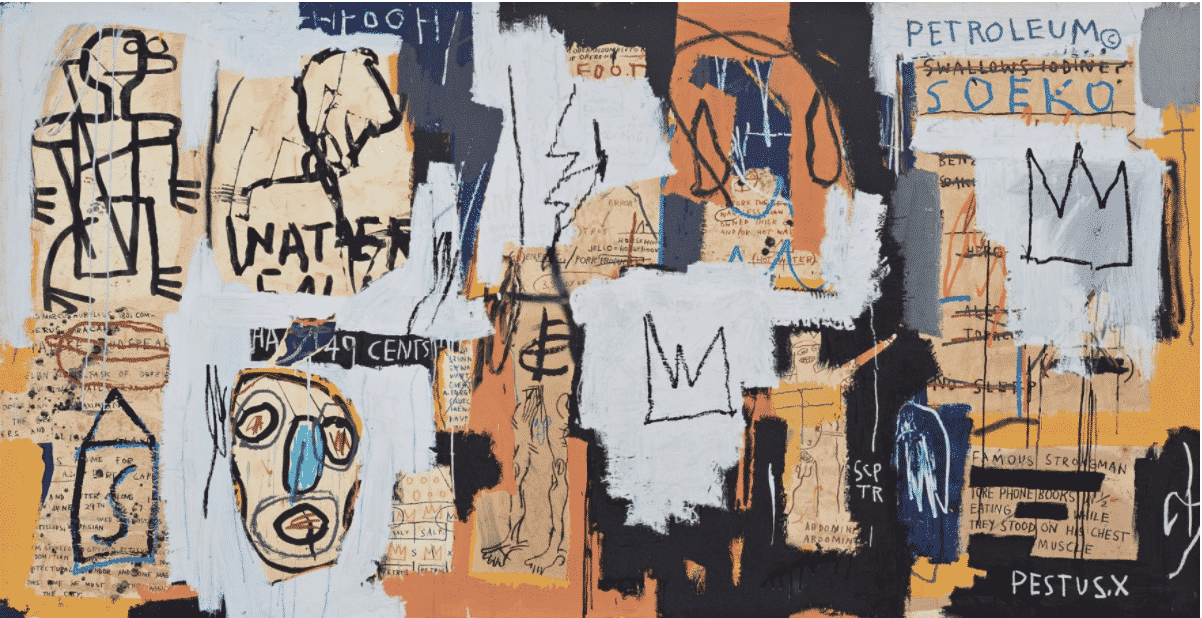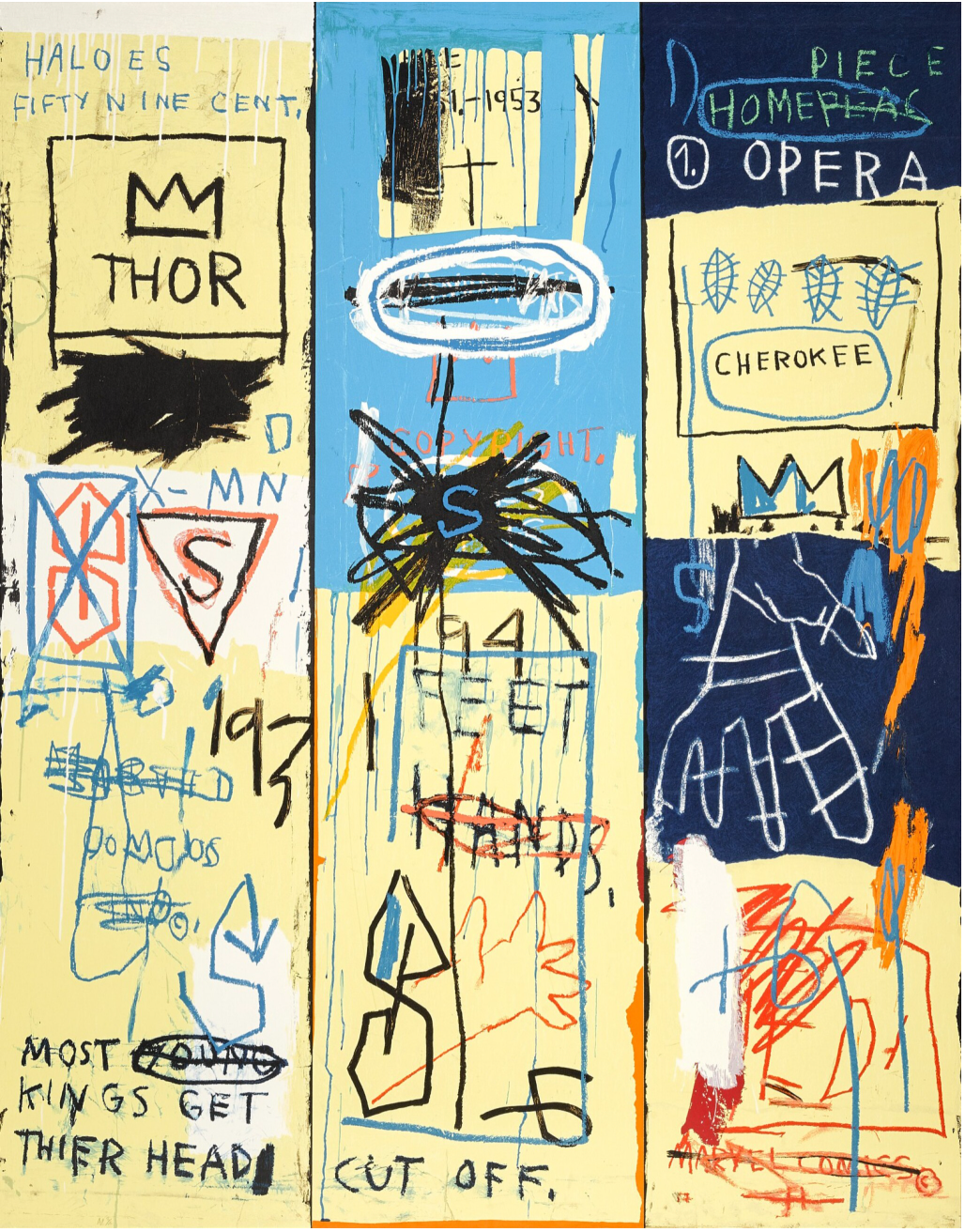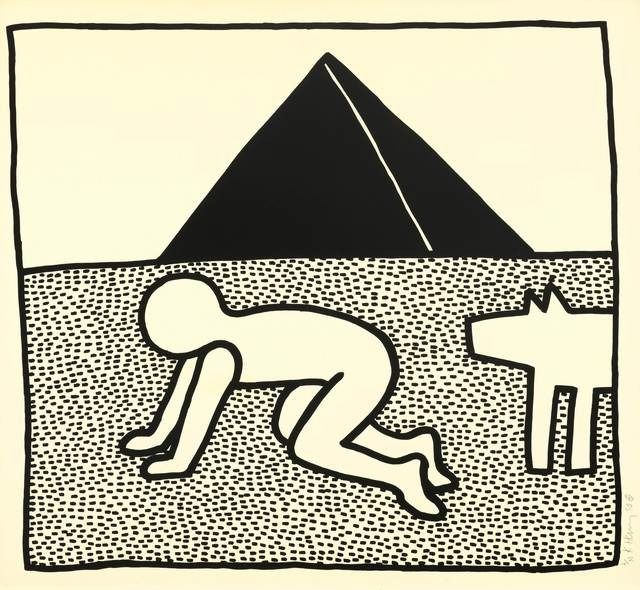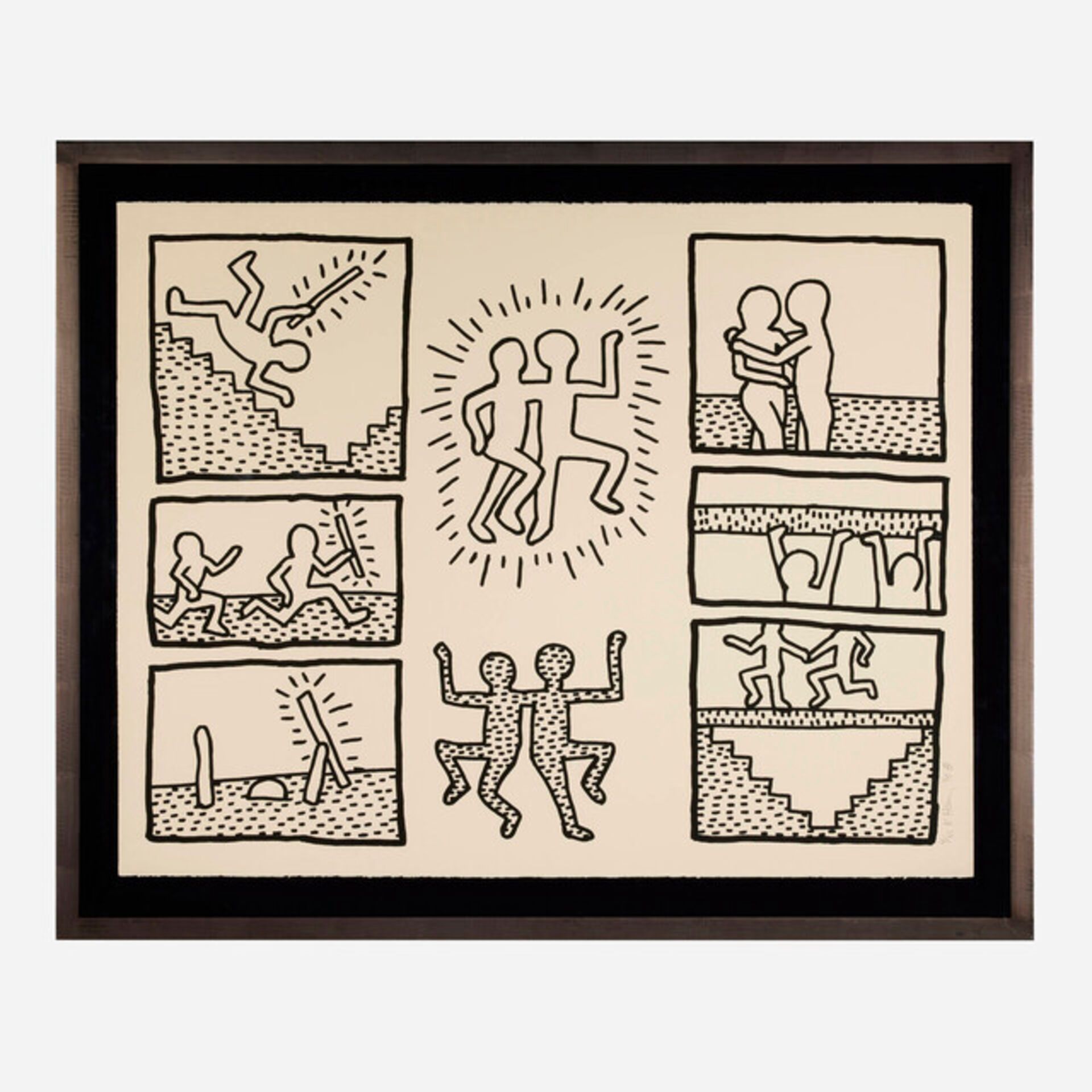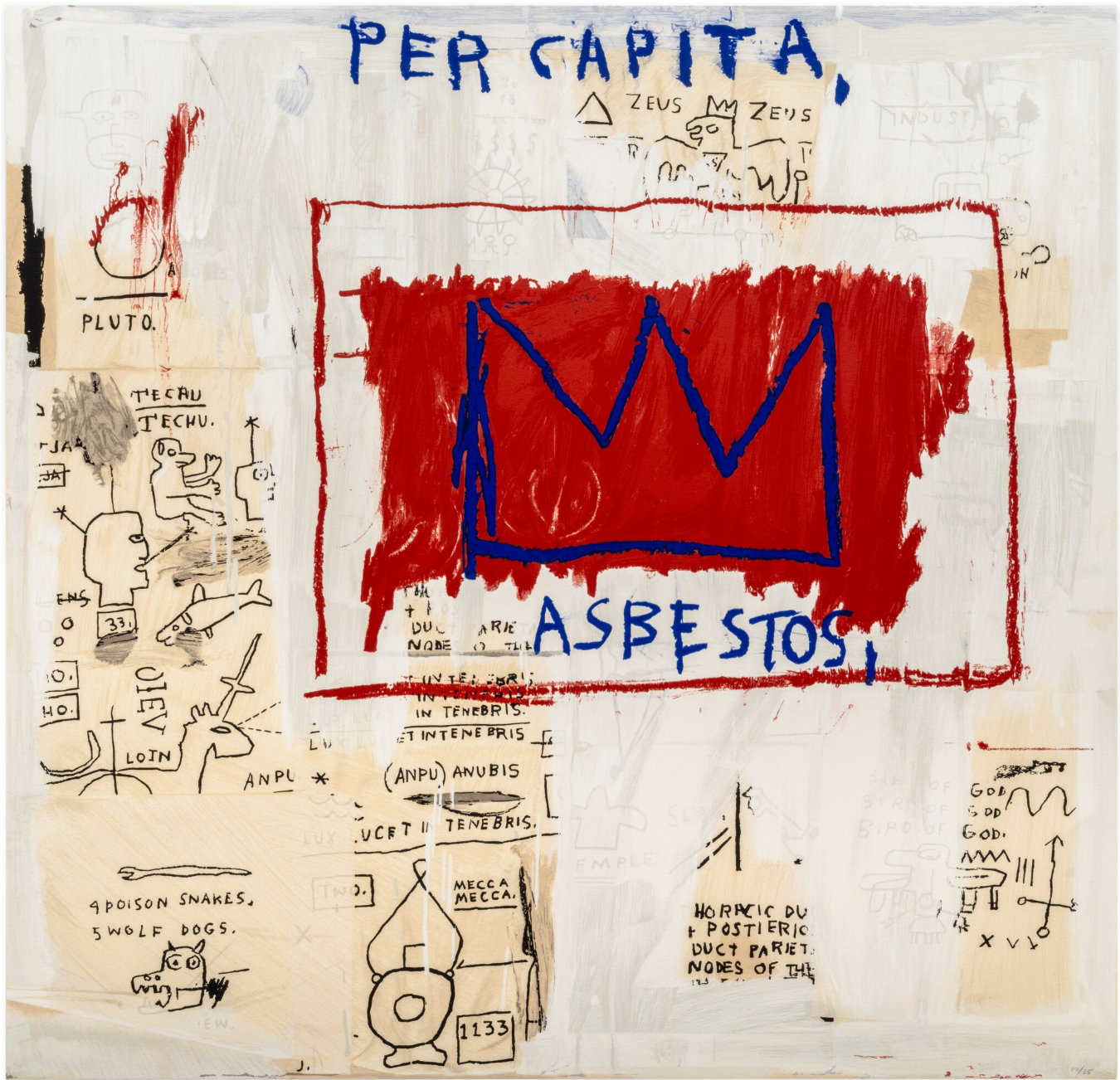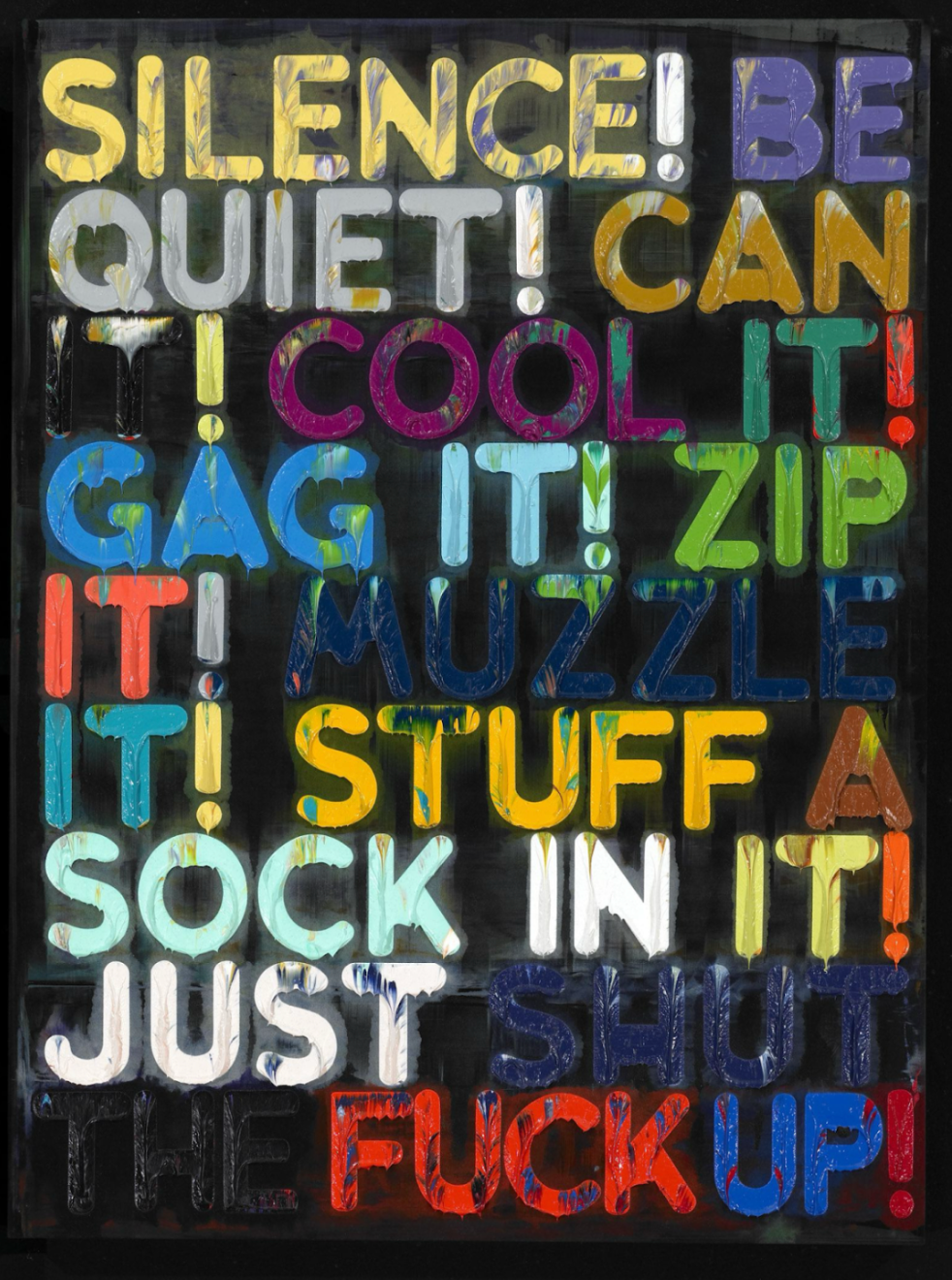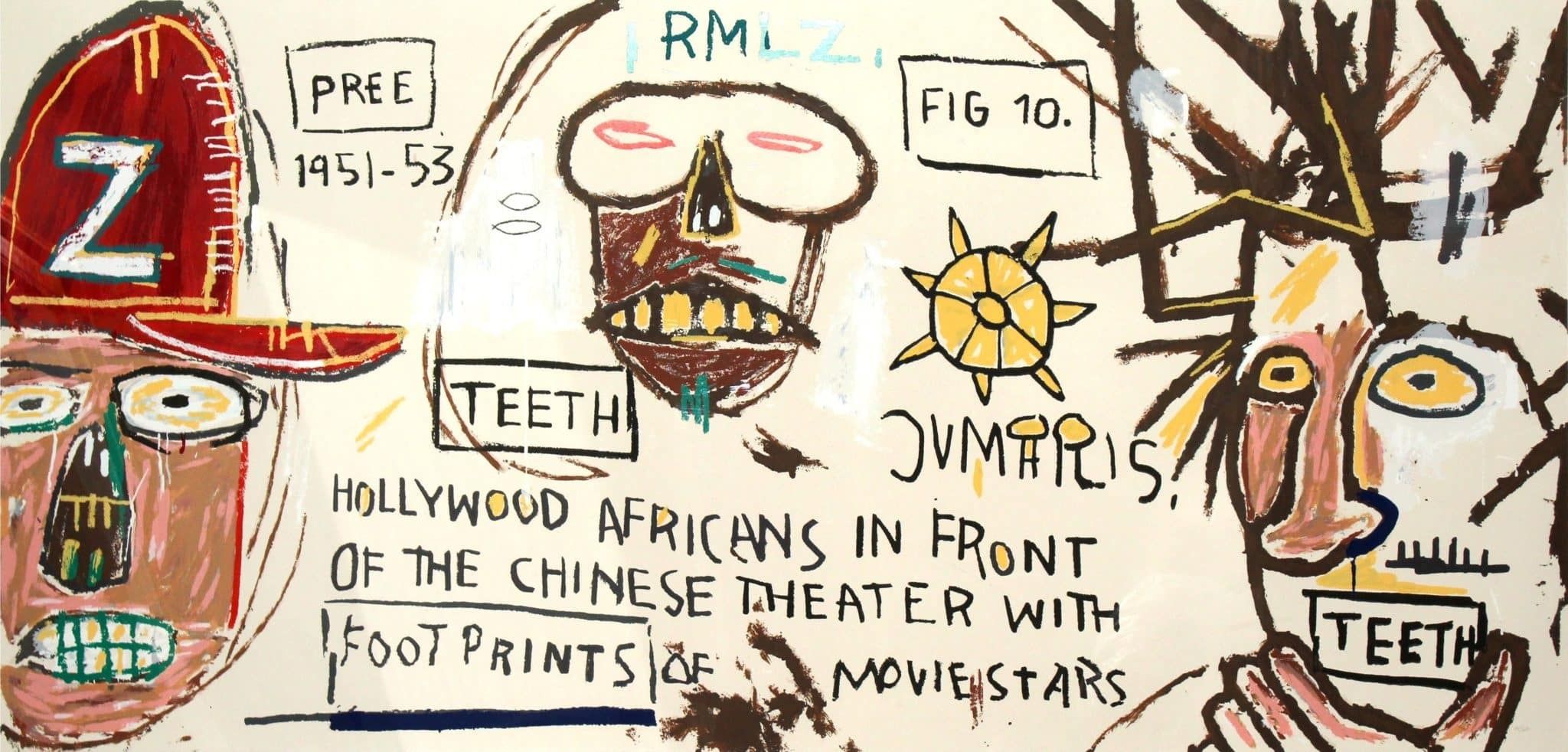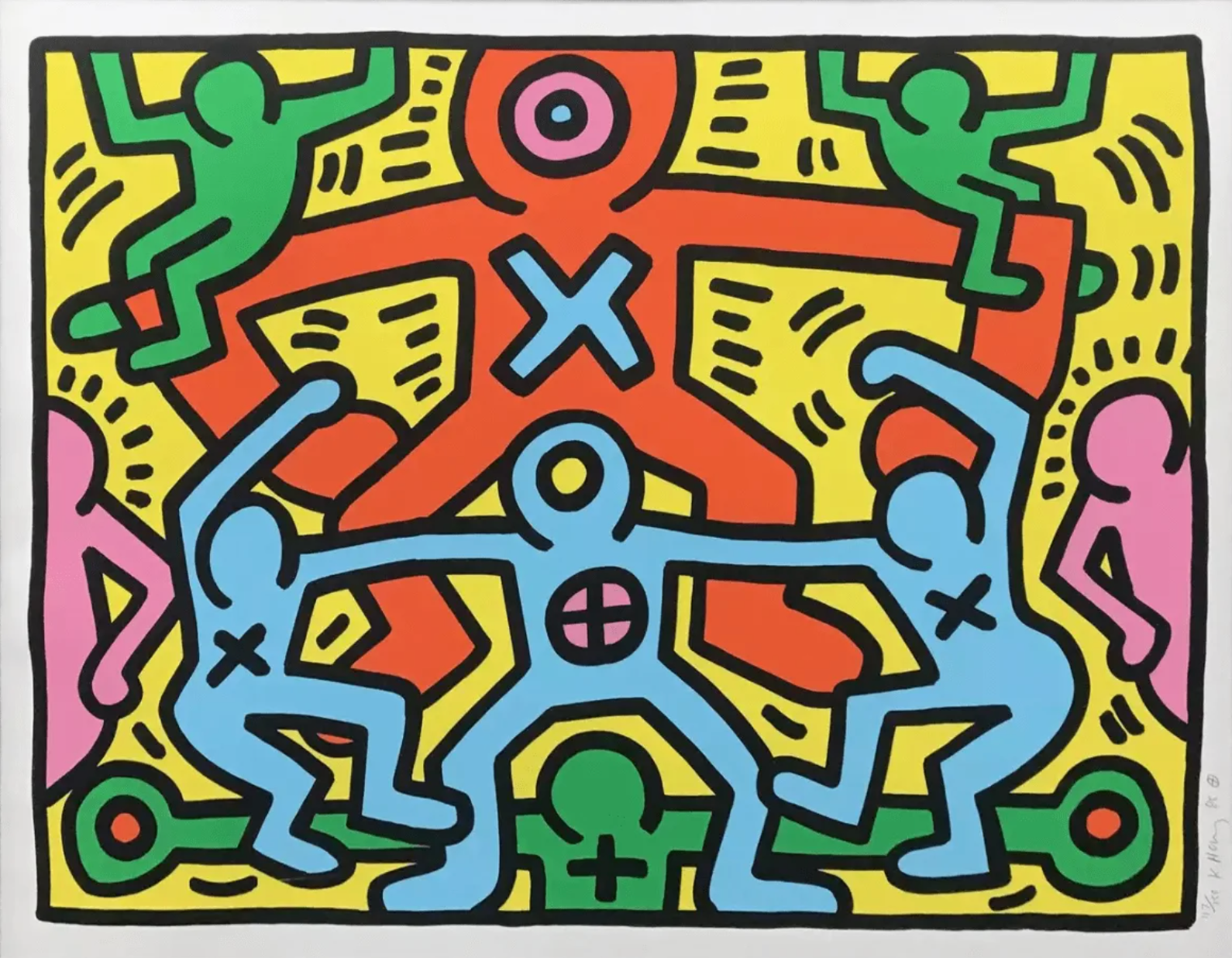Key Takeaways
Warhol prints have consistently outperformed traditional investments, with some appreciating hundreds of percent in just a decade. His imagery is instantly recognizable worldwide, which keeps demand high and the market liquid. Scarcity plays a role too—most editions were small to begin with, and pristine examples are even rarer today. On top of that, major museums from MoMA to Tate continue to showcase Warhol’s work, cementing his place in art history and giving collectors confidence that his legacy will hold. If you’re serious about starting your collection, focus on authentication, condition, and provenance. Buy from trusted galleries that live and breathe this market every day.
Why Warhol Prints Remain the Gold Standard?
Andy Warhol didn’t just make art—he rewrote the playbook. He took images people saw every day—ads, soup cans, celebrities from magazines—and elevated them onto gallery walls. That move changed the way the world viewed art, and it’s a big reason his screenprints still sit at the center of contemporary collecting.
Proven Appreciation
Warhol prints have shown remarkable staying power as investments. Over and over, they’ve outperformed traditional markets. I remember a Marilyn Monroe print that traded hands for around £20,000 in the early 2000s—it later sold for more than £150,000 just a decade later. And when complete portfolios like Campbell’s Soup Cans cross the million-dollar mark at auction, it’s a clear sign these aren’t just artworks, they’re long-term assets.
Global Recognition
Here’s another factor: Warhol is simply everywhere. You don’t need an art degree to recognize Marilyn, Liz Taylor, Mick Jagger, or those Soup Cans. That universal recognition fuels consistent demand, which in turn creates real liquidity. In other words, when you own a Warhol, you’re holding something people all over the world actively want.
Limited Supply
Scarcity also plays a huge role. Most editions ran between 50 and 250, and let’s be honest—not all of them survived the decades unscathed. Prints get damaged, lost, or mishandled. Take the Flowers series, for example: even with an edition size of 250, clean examples come to market far less often than you’d expect. That scarcity drives value.
Museum Validation
Finally, the institutional backing. Warhol’s work isn’t just in private hands—it’s in the world’s top museums: MoMA in New York, Tate in London, the Art Institute of Chicago. That level of validation ensures his place in the cultural canon, and it gives collectors the confidence that investing in Warhol is investing in an artist whose legacy is rock solid.
Understanding Warhol’s Print Categories
Before you buy your first Warhol, you need to know the types of prints you’ll come across. Each category has its own level of rarity, value, and appeal. Knowing these categories helps you spot the right piece for your collection and understand exactly what you’re paying for.
1. Lifetime Prints (1962–1987)
These are the most valuable because Warhol created them during his lifetime, and many are hand-signed.
- Marilyn Monroe (1967): Often called the “holy grail.” Individual prints sell for $150,000–$400,000.
- Campbell’s Soup Cans (1968–1969): A full portfolio of 32 prints can top $1,000,000 at auction.
- Flowers (1964–1970): More affordable, usually between $15,000 and $100,000 depending on size and color.
- Mick Jagger (1975): Signed by both Warhol and Jagger, these sell in the $50,000–$300,000 range.
2. Estate Stamped Prints (Post-1987)
After Warhol’s death, the Estate authorized stamps for certain unsigned prints. These are authentic but cost less than lifetime signed examples—often 30–50% cheaper. For instance, an estate-stamped Endangered Species might sell for $25,000–$35,000, while a signed version would fetch $50,000 or more.
3. Proofs (Artist’s, Printer’s, and Trial Proofs)
Proofs sit outside the standard numbered editions and are highly collectable. Artist’s Proofs (A.P.) and Printer’s Proofs (P.P.) usually sell for 20–30% more than regular editions. Trial Proofs (T.P.) are the rarest because they often show unique color variations. A trial proof of Marilyn Monroe with an unusual colorway can sell for more than double the price of the standard edition.
The Essential Buyer's Checklist
Buying a Warhol print is exciting, but the market demands careful attention. Focus on these four essentials:
Authentication
Documentation is non-negotiable. A genuine Warhol should carry a Warhol Foundation or Authentication Board stamp, appear in the Feldman & Schellmann catalogue raisonné, and come with clear provenance back to recognized publishers like Factory Additions.Example: A stamped and catalogued Mao (1972) can sell for $40,000–$80,000. Without paperwork, it has no real market value.
Condition
Small flaws make a big difference. Mint-condition prints fetch top prices, while light handling marks may reduce value by 10–20%. Restoration must be disclosed, and fading is a red flag since Warhol’s colors should remain vivid.
Example: A bright, clean Endangered Species (1983) can top $100,000; a faded Marilyn (1967) might sell for half the price of a strong example.
Edition and Proofs
Scarcity drives demand. Editions under 100 are especially valuable. Proofs—Artist’s (A.P.), Printer’s (P.P.), and Trial (T.P.)—carry premiums, with trial proofs often fetching double the price of standard editions.
Example: A Flowers print might trade around $60,000, while a trial proof variation could exceed $120,000.
Red Flags
Be wary of too-good-to-be-true offers. There are no “undiscovered” Warhols—the catalogue raisonné is comprehensive. Legitimate sellers provide provenance freely, and the market is liquid, so there’s never a reason to rush.Example: A Campbell’s Soup Can offered for $5,000 when the market average is $30,000–$50,000 is almost certainly a fake.
4 Steps to Build a Warhol Collection Strategically
Starting a Warhol collection doesn’t have to feel overwhelming. Think of it like building a playlist—you want the big hits, some deep cuts, and maybe a rare live track or two. Here’s how I’d approach it if we were sitting down over coffee talking Warhol.
1. Start with the Icons
Go for Warhol's greatest hits first. Marilyn Monroe, Mick Jagger, Campbell’s Soup Cans, Flowers, Endangered Species, and even the Moonwalk prints are instantly recognizable. These are the pieces everyone knows and loves, which means they’ll always be in demand.
Honestly, if you’re only going to buy one Warhol, Marilyn is the classic choice—it’s like owning the lead single from the album. But if you want something a little different, Endangered Species is brilliant too. I’ve always had a soft spot for the Tiger.
2. Think About Complete Portfolios
Yes, they’re more expensive upfront, but full sets have a magic of their own. Campbell’s Soup I & II, Endangered Species, or Cowboys and Indians—they just feel complete in a way a single print doesn’t. Collectors and even museums love them, which is why portfolios often go up in value faster than individual prints.
Can you imagine walking into your living room and seeing a full wall of soup cans? It’s like having your own mini Warhol exhibition at home.
3. Mix It Up a Bit
Don’t put all your eggs in one basket—or in this case, all your walls in one series. A strong Warhol collection has variety: maybe one iconic portrait (Marilyn, Liz, or Jackie), a Soup Can or Flowers for balance, and if you’re ready, a work on paper or even a small painting to give it extra depth.
The mix makes it more fun too. A collection that combines something glamorous like Liz with something playful like Flowers feels both powerful and approachable.
4. Start Where Your Budget Feels Comfortable
Here’s the thing—nobody builds a Warhol collection overnight. If a signed Marilyn is out of reach right now, that’s totally fine. You can start with an estate-stamped print or a smaller work and build from there. The important part is getting in the game with something you love. Over time, you can trade up or expand as your budget allows.
I always tell new collectors: the best Warhol to start with is the one that makes you smile every time you look at it. If you get that feeling, you’re already on the right track.
Rare Buying Opportunity
You know how everyone says “buy low, sell high”? Well, right now the Warhol market is in one of those sweet spots where that advice actually makes sense. Prices have dipped about 15–25% from their 2022 highs, which means you can step in and grab great pieces for less than what collectors were paying just a year or two ago.
Sellers are also more flexible right now. A couple of years ago, you’d have had to fight tooth and nail for a prime Marilyn or Soup Can. Today? The same sellers are actually willing to negotiate. That never used to happen.
And here’s the really interesting part: top-quality prints that used to be locked away in private collections are showing up again. Collectors are reshuffling their portfolios, and galleries suddenly have deeper inventory than usual. That gives you leverage as a buyer.
I’ll be honest—I love moments like this because they don’t last forever. The best Warhols always bounce back. So the question is: do you want to wait until the market heats up again, or do you want to take advantage while the door’s wide open?
How to Protect Your Investment?
So, you’ve finally got your Warhol on the wall—or maybe still in the portfolio box—and now you’re probably wondering: how do I keep this thing safe and valuable? Collecting is only half the game. Protecting what you own is just as important.
Professional Storage
Warhol prints love stability. Keep them in a climate-controlled space—think steady temps around 68–72°F and humidity in the 45–55% range. That’s the sweet spot where paper stays happy. Avoid bright sunlight like the plague; UV rays will fade those bold Warhol colors faster than you’d think.
Personally, I always recommend storing in darkness when you’re not displaying, or at least using UV-filtered glass if you’re hanging a piece. And don’t skimp on materials—acid-free matting and backing make a huge difference long-term. A little pro tip? Schedule regular condition checks, even if the print looks fine. You’ll catch tiny issues before they turn into big headaches.
Insurance Considerations
Here’s where most new collectors drag their feet, but trust me—you’ll sleep better knowing you’re covered. Ask your insurer about “agreed value” policies, which lock in coverage at a set amount. Then, every 3–5 years, update your valuations to keep pace with the market. Warhol prices don’t sit still, and neither should your paperwork.
I also recommend keeping high-res photos of each print—front, back, signatures, edition numbers. If you ever need to make a claim, you’ll thank yourself. And if you’re planning to lend your Warhol to an exhibition (which is always a thrill), make sure your coverage extends to that. Galleries and museums usually help, but it’s best to double-check.
Protecting your Warhol isn’t glamorous, but it’s part of being a serious collector. After all, what’s the point of owning one of the most iconic artists of the 20th century if you’re not taking care of it? So let me ask you—are you picturing your Warhol framed proudly on the wall, or tucked away safely in storage?
5 Reasons to Choose ArtLife Gallery for Your Warhol Purchase
Buying a Warhol isn’t like picking up a print at a poster shop—you’re making a serious investment. And the truth is, who you buy from matters almost as much as what you buy. That’s why working with the right gallery partner makes all the difference.
So why ArtLife? Let me break it down the way I’d explain it to a friend.
1. Authentication
The Warhol market has its share of fakes, and you do not want to be the person who finds that out the hard way. At ArtLife, every print goes through rigorous checks—multiple channels of verification—so you know you’re getting the real deal.
2. Pricing clarity
Ever walked into a gallery and felt like the numbers were just pulled out of thin air? Yeah, me too. ArtLife takes a different approach: they use real market analysis, fair valuations, and they’re transparent about it. You’ll always know where the numbers are coming from.
3. Inventory
They’ve got depth—rare editions, full portfolios, and access to works that don’t normally hit the open market. If you’ve been hunting for that elusive Flowers variation or a full Endangered Species set, this is the kind of network you want on your side.
4. Experience and lifetime guarantee
These aren’t folks who just dabble in Warhol. They’ve been in the market for decades, guiding collectors through every step, from first-time buyers to seasoned investors. And they back that up with a lifetime guarantee—if any authentication issue ever pops up (which, frankly, it won’t), you’re covered with a full refund.
5. Global reach
On top of that, ArtLife has a global reach. Want something specific? They can usually source it quickly through their network. And the “white glove” service isn’t just a nice phrase—they handle everything from careful packaging to secure delivery. No stress, no guesswork.
At the end of the day, you want a gallery that feels less like a seller and more like a partner. That’s what ArtLife does. So, let me ask—if you’re serious about bringing a Warhol into your collection, wouldn’t you want someone in your corner who makes the whole process both safe and seamless?
The Investment Perspective
Here’s the thing about Warhol: his prints aren’t just art, they’re one of the most consistent performers in the entire art market. We’re talking steady appreciation—on average 8–12% a year for the last three decades. That’s the kind of growth most investors dream about. And here’s what’s wild—Warhol prints even held strong during economic downturns when the stock market was taking a beating.
You know what that tells me? Warhol isn’t just “blue chip” in the art world, he’s practically bulletproof. His work has high liquidity—you can buy and sell a Warhol far easier than you can with most artists. Add in the fact that major museums and institutions keep fueling demand, and you’ve got real price support.
One of my favorite examples: a Marilyn Monroe screenprint bought for just £21,800 in 2002 resold in 2014 for £158,500. That’s a 625% return in just over a decade. Try finding a stock that’ll do that for you. Honestly, it’s these kinds of results that make me smile when I see new collectors step into the Warhol market—they’re not just buying art, they’re buying into one of the strongest long-term asset classes out there.
So, let me ask—if you’re already thinking about investing, wouldn’t you want something that combines cultural impact and proven financial growth?
How to Buy Your First Andy Warhol Screenprint?
Now, let’s talk about how to actually buy your first Warhol. This is the fun part, but it’s also where people make mistakes if they rush.
- Start by defining your budget and your goals. Are you building a collection because you love Warhol’s work and want to live with it? Or are you looking purely at it as an investment vehicle? Both approaches are valid, but knowing your “why” upfront helps guide every decision.
- Next, dig into the different series. Maybe Marilyn’s your icon, maybe you’re drawn to the Campbell’s Soup Cans, or maybe you like something edgier like the Electric Chairs. The series you choose should resonate with you—it’s much easier to hold an investment long-term if you actually enjoy owning it.
- Here’s where I get practical: work with established galleries like my team at ArtLife. Authentication in the Warhol market is everything, and you want people who know every stamp, signature, and catalogue reference inside out. That way, you’re protected.
- Always look closely at condition—or, if you can’t in person, demand a thorough condition report. Tiny details like fading or creases can make a massive difference in value. And before you finalize anything, make sure all the documentation lines up: provenance, catalogue raisonné references, invoices. Paperwork is your safety net.
- Once you’ve found the right piece, think long-term. Warhol prints work best if you plan to hold them for at least 5–10 years. And one last but critical step—get your new print insured immediately. It’s not just an artwork, it’s an asset, and you should protect it like one.
Why Warhol Still Matters—and Where the Smart Money’s Going
Here’s the thing I love about Warhol: in a world where markets swing up and down, his screenprints manage to give you the best of both worlds. They’re a cultural touchstone and a proven investment. And unlike a stock portfolio, you actually get to live with the art every day—imagine walking past a Marilyn, a Soup Can, or a Flowers print in your own home. That’s joy that compounds daily.
Now, let me give you some inside perspective. Right now, I’m steering a lot of my clients toward the Mick Jagger series. Why? Because it’s down as much as 40% from the 2022 highs, which means you’re buying at a discount. And here’s what makes it special: Mick isn’t just a subject—he’s the last living icon Warhol ever captured in a print series. Every piece in that portfolio carries both Warhol’s signature and Jagger’s. That dual signing adds a layer of rarity and, let’s be honest, a major “cool factor” that other Warhol series just don’t have.
And let’s face it—Mick’s 82. When the day comes that he passes, you can bet this series will see a surge in value. I don’t say that to be morbid, just realistic. Collectors and markets respond to moments like that, and history shows prices often jump. For those who get in now, the upside could be massive.
So, here we are: the market’s offering one of those rare windows where opportunity meets timing. Pair that with guidance and authentication from trusted galleries like ArtLife, and you’ve got the confidence to make your first Warhol purchase without hesitation.
The only real question left is—are you going to go iconic with Marilyn, bold with the Soup Cans, or lean into the rock-and-roll edge of Mick Jagger?
For personalized guidance on purchasing Andy Warhol screenprints or to view current inventory, contact the experts at ArtLife Gallery.

